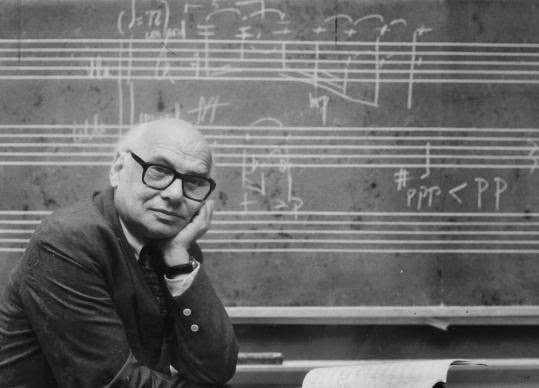In search of the lost chords

Wars and tense political situations have had a profoundly negative impact on cultural life in a number of Arab countries and have endangered the transmission of musical tradition. Alongside Baghadad, Aleppo and Damascus belong to the most important music capitals of the Arab world and the cultural collapse underway in these places is accompanied by the loss of numerous historical documents, books, writings and artists' livelihoods and wisdom. By producing this CD we hope to save musical cultural assets from disappearing and, at the same time, to contribute something of our own. It lies in our hands to pass on traditions, to safeguard the fire and stoke it so that brilliant new colours may radiate from it. That is Nora Thiele writing in the sleeve note for the new CD Ahlam Babiliyya (Babylonian Dreams) . On it Nora Thiele plays frame drums with the Iraqi born oud player Saif Al-Khayyat in a programme of modern Iraqui maqam music - sample here . Middle Eastern music is based on a ...














